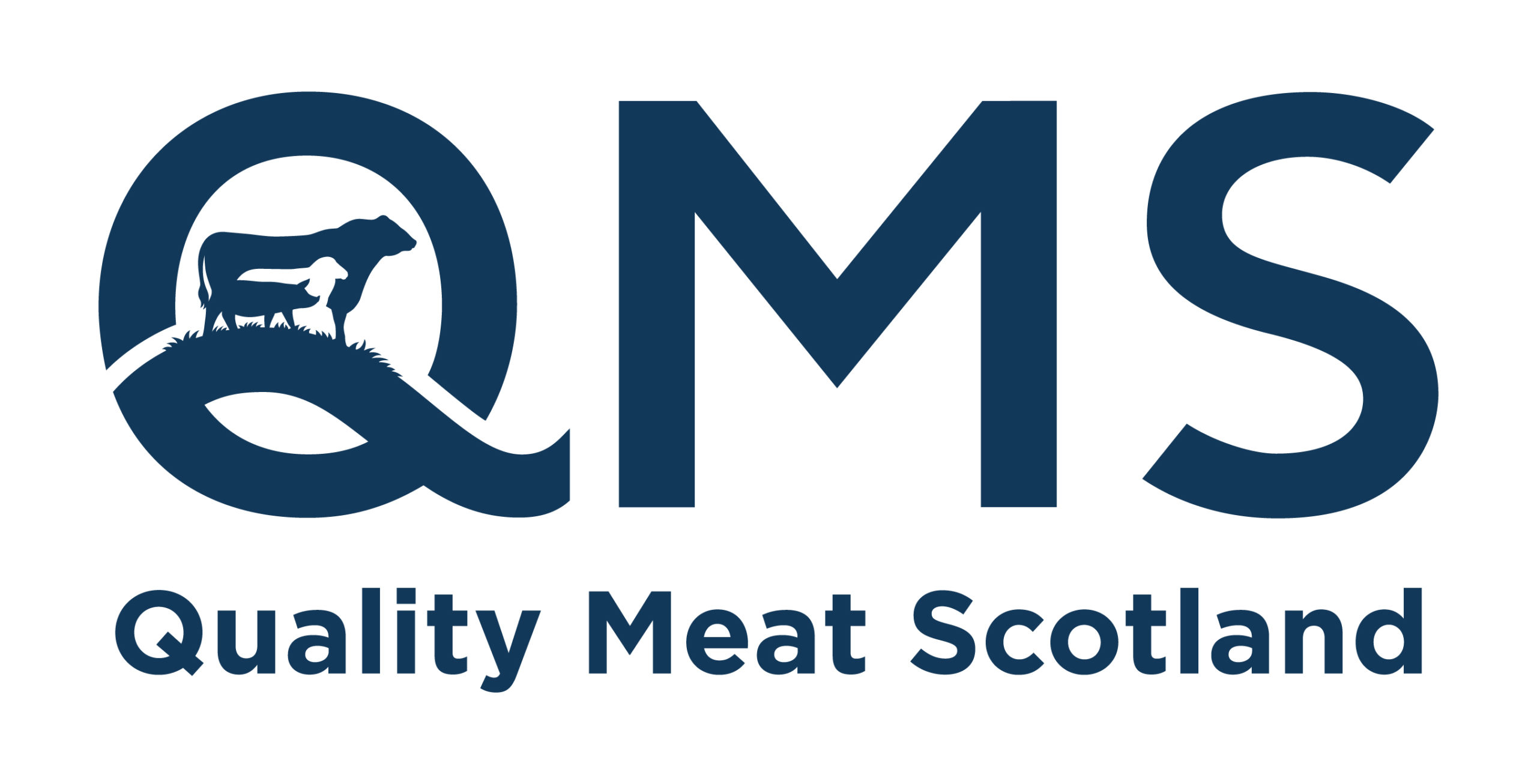As we move into the second half of the year, prime cattle prices in Scotland continue to hold around 10% higher than last year and 18% above the five-year average. However, in inflation-adjusted terms, they are only around 1% higher than last year while still 11% below their July 2013 peak, according to the latest market commentary from Quality Meat Scotland (QMS).
Commenting on farm input cost trends, Iain Macdonald, QMS senior economics analyst said:
“While the price of straight feeds has now fallen back from the highs seen after the war in Ukraine began, prices remain elevated above pre-war levels and sharply higher than last year, suggesting that the cost of compound feeds, which moves at a lag, will continue to rebalance higher, squeezing finishing margins in the coming weeks and months.”
“It has certainly been a volatile period for the global beef market, with the introduction and eventual removal of public health restrictions leading to major rebalancing of demand towards retail and back again,” says Mr Macdonald. “Meanwhile, beef processors have had to cope with reduced staffing levels through illness and general labour shortages in many parts of the world.”
In the EU, cattle prices were pushed down during the initial covid lockdowns but rose significantly between early 2021 and spring 2022, only to soften in recent weeks, possibly as the rise in cost of living begins to dampen consumer demand.
The picture has been mixed in different EU countries, with German prices falling back sharply to 416p/kg for R3 young bulls after a surge, while Polish prices have now slipped back towards 390p/kg. By contrast, young bull values remained elevated at almost 450p/kg in the Netherlands in early July.
Meanwhile, in the Irish Republic, which has retained unfettered access to the continental market, R3 steer prices had gone from trading at a discount of 17% to Scottish R4L steers in autumn 2021 to overtake them for four weeks between late May and mid-June this year. However, as Irish supplies have started to increase from their seasonal low point, the market has cooled, placing them 6% below Scottish R4L steers at 432p/kg in the opening week of July.
On top of this, the effects of a changing climate have had implications for some major beef-producing nations:
“For example, in Australia, beef production has been affected by severe drought, which initially led to herd liquidation, followed by unprecedented levels of rain, which have resulted in a drive to re-stock. As a result, you had a surge in slaughter, followed by a severe supply tightening over the past couple of years,” explains Mr Macdonald.
In 2021, Australia’s beef production had fallen by nearly a quarter compared to 2019 and while a rebound is expected this year, the USDA is still expecting it to fall around 15% short of the 2019 high, having recently lowered their 2022 forecast by 3%.
“This reduction in supply has pushed Australian cattle prices up significantly. While off the highs seen earlier this year, processor cattle in the Eastern States still averaged 516p/kg in the week to July 18th, placing them 13% above the latest Scottish R4L steer price.”
Meanwhile, in the US and Canada, severe drought conditions over the past year have led to herd consolidation. Steiner Consulting Group reported the highest levels of cow herd liquidation in three decades in the US during the opening quarter of 2022, with the cow kill holding well above historic averages in the second quarter.
Nevertheless, beef demand remains firm in the US, where a large part of consumption is in the more recession-proof mince and burgers, and farmgate steer prices opened July at 427p/kg, meaning a lead for Scottish R4L steers of 7%.
In South America, high rates of inflation over a prolonged period led the government of Argentina to introduce export controls in the middle of 2021. Over the past year, this has supported domestic food security while squeezing the ability of the country’s beef processors to build on recent successes in the Chinese market.
Brazil’s beef sector also faced significant challenge last autumn, being locked out of some major markets after the detection of two atypical BSE infections in cows. However, its beef export business in China has been rebuilt this year while increased deliveries to the US have helped offset the shortfall in Australian beef reaching the US.
Cattle prices in Brazil and Argentina do however signal that their beef has retained its competitiveness in the global marketplace, with steer prices working out at a respective 322p/kg and 339p/kg in the week to July 17th, making them around 25-30% cheaper than Scottish levels.
“A multitude of different pressures have resulted in significant market fluctuations across the world. Here in Scotland, one factor that has likely to have been placing some downwards pressure on cattle prices over the past couple of years has been the ongoing labour constraints faced by Scottish processors, which have limited slaughtering capacity relative to potential supply on farm,” explains Mr Macdonald.
Moving away from short-term volatility and onto the fundamentals, this year’s World Agricultural Outlook has recently been published by the OECD and FAO, covering 2022-31. These projections continue to signal global meat demand growth in the coming years. For beef, overall consumption is forecast to rise nearly 6% between 2022 and 2031, driven by population growth. To satisfy this rise in demand, global trade in beef is set to rise by closer to 9%, reflecting a mismatch between population growth and the location of production.
“As a net exporter of beef, Scotland is well positioned to make a continuing contribution to global food security,” concludes Mr Macdonald.

